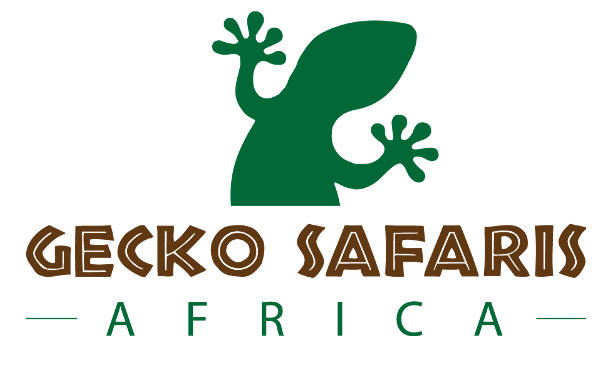Best Binoculars for Safari
Best binoculars for safari. A safari brings you close to wild nature. But animals often stay far away. A good pair of binoculars helps you see every moment clearly. Whether you are in the Serengeti or the Okavango Delta, the right binoculars will change your experience. You don’t want to squint at a blurry shape when you could see the texture of an elephant’s skin.
Let’s break down how to choose the best binoculars for your safari and highlight a few top models.

What to Consider Before Buying Safari Binoculars
Not all binoculars work well on safari. You need something strong, sharp, and easy to carry. Here’s what matters:
Magnification and Lens Size
Safari binoculars often come in sizes like 8×42 or 10×42. The first number tells you the magnification. The second shows the lens diameter. Bigger lenses bring in more light, which helps in early mornings or cloudy skies.
An 8×42 binocular gives a wide view. You’ll find animals more easily and follow their movement. A 10×42 model brings animals closer, but it may shake more if your hands are unsteady. If this is your first safari, go for 8×42. If you want more detail and don’t mind a narrower view, choose 10×42.
Field of View
This refers to how wide an area you can see through your binoculars. A wide field helps you spot moving animals in the bush. Narrow views work for zooming in on still animals, like a lion napping under a tree.
Lens Coating and Brightness
Choose binoculars with fully multi-coated lenses. These lenses give brighter, clearer images. Good coatings reduce glare and improve color detail. You’ll enjoy sharp views even in dim light.
Size and Weight
Safaris can last for hours. You’ll carry your binoculars around your neck or shoulders. Heavy binoculars can cause pain. Lightweight models keep you comfortable, especially during long game drives or walking safaris.
Durability and Weather Resistance
Dust, heat, and rain are part of safari life. So your binoculars must handle tough conditions. Rubber armor protects against bumps. Waterproof and fog-proof models ensure a clear view in all weather.
Ease of Use
You need a smooth focus wheel. Quick focusing helps when animals move fast. Also, make sure the eyecups fit well, especially if you wear glasses.
Best Binoculars for Safari in 2025
Here are top binoculars that perform well on safari. Each balances image quality, comfort, and durability.
Nikon Monarch M5 8×42
This model gives a wide, bright view. It’s lightweight and has a smooth focus wheel. The rubber body handles rough terrain well. It’s a favorite for travelers who want quality without a high price.
Vortex Viper HD 10×42
Vortex makes durable, high-clarity optics. The 10x zoom lets you see far-off animals in detail. This model stays sharp even in low light. It’s fog-proof and waterproof, perfect for all safari conditions.
Zeiss Terra ED 8×42
Zeiss brings German precision to safari gear. This binocular gives vivid images with rich color. It’s easy to carry and great for quick spotting. The wide field of view helps with fast-moving animals.
Swarovski EL 10×42
This model sits at the top of the range. It offers crystal-clear images and smooth handling. The price is high, but the performance justifies it. Ideal for seasoned safari travelers or photographers.
Celestron Nature DX 8×42
If you’re on a budget, this one stands out. It delivers solid performance, bright images, and easy handling. It’s not premium, but it gets the job done well for first-time safari-goers.
How to Make the Most of Your Safari Binoculars
Before your trip, take time to practice. Learn how to focus quickly. Bring a microfiber cloth to wipe off dust. Use a harness instead of a neck strap if possible. It distributes weight better and avoids neck strain. Always store your binoculars in a case when not in use.
Avoid pointing them at the sun. It damages the lenses and can harm your eyes. When not using them, keep the lens caps on.
Plan your best photography safari with the right gadget.
You don’t need the most expensive binoculars, but you do need the right ones. Choose a model that feels good in your hands and works in tough conditions. Clarity, weight, and ease of use matter most. With a good pair, every detail of your safari comes to life—zebra stripes, lion eyes, or a distant leopard in a tree.
Pack well, and you’ll leave with memories you’ll never forget.

